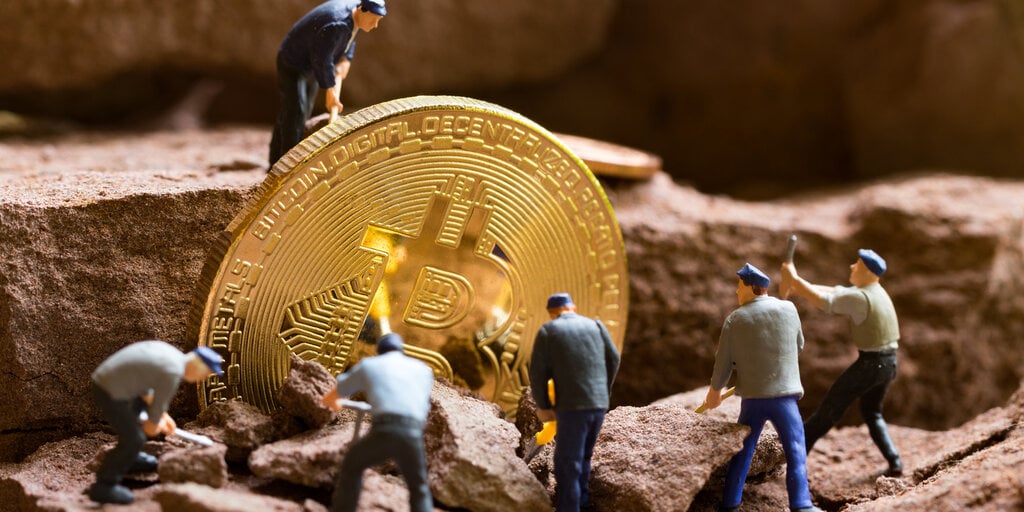More Solo Miners Are Winning
Recently, solo Bitcoin miners have been making headlines, with individuals celebrating victories on social media. Just last week, a solo miner processed a block and earned a 3.125 BTC reward, which amounted to $259,637 including transaction fees. This is just one of several solo mining successes we've seen in recent months.
Is Solo Mining Becoming More Common?
The increase in solo mining raises questions: Are these miners just lucky? Can average individuals with hobbyist rigs actually compete against larger mining operations?
The reality is nuanced. While solo miners, which can refer to both hobbyists and discreet groups, are indeed succeeding more often, the increase isn't dramatic. According to Scott Norris, CEO of Optiminer, mining solo is akin to playing the lottery—the odds are still slim.
Growth in Solo Mining Blocks
In 2022, miners using the Solo CKPool solved seven blocks. This number rose to 12 blocks in 2023 and further to 16 blocks in 2024. However, it's important to note that mining with Solo CKPool doesn't equate to being a lone miner with minimal resources.
The Mining Pool Landscape
The mining pool industry is dominated by major players like Foundry, AntPool, and F2Pool. In these pools, miners share resources and split rewards. Solo CKPool allows miners to keep almost all the rewards once they find a block, offering a unique alternative.
Decentralization Concerns
As Bitcoin's network grows, more power is required to mine blocks. This has led to the rise of industrial mining operations, which some Bitcoin enthusiasts argue undermines the network's decentralization.
Hobby Mining Equipment
Hobbyist mining rigs, such as Bitaxe and FutureBit Apollo, are becoming popular among Bitcoin maximalists. These devices range from $200 to $500 and are designed for home setups. Some miners have found success due to donations of hash rate from other machines.
The Future of Solo Mining
Despite the slim odds, the rise of hobby miners might be contributing to the increase in individual block wins. As Econoalchemist noted, more frequently, a single machine processing a block is a small mining device found quietly operating in someone's home. However, large conglomerates can also mine blocks using substantial hash rates without joining a big pool.
The Goal of Solo Mining
According to Matt Howard from Solo Satoshi, the primary aim of solo mining is decentralization, with any potential rewards being a secondary benefit. This aligns with the philosophy of many Bitcoin maximalists who advocate for a decentralized mining ecosystem.








Comments
Join Our Community
Sign up to share your thoughts, engage with others, and become part of our growing community.
No comments yet
Be the first to share your thoughts and start the conversation!